Deep Purple 1968 Albums
Buy Shades of Deep Purple Buy The Book of Taliesyn Deep Purple arrived on the music scene like a tornado in 1968. Conceived as a super group called Roundabout in 1967, the band […]
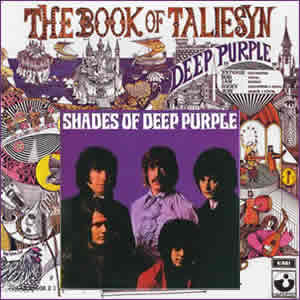
Buy Shades of Deep Purple Buy The Book of Taliesyn Deep Purple arrived on the music scene like a tornado in 1968. Conceived as a super group called Roundabout in 1967, the band […]
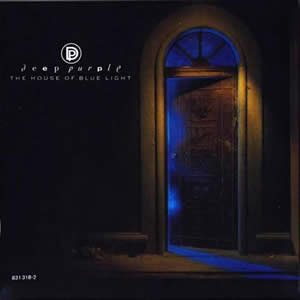
Buy The House of Blue Light Through the years, Deep Purple went though a bunch of lineup changes with only drummer Ian Paice remaining with the band throughout all phases. In fact, there […]
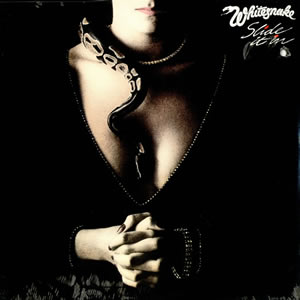
Buy Slide It In Whitesnake made its first real splash with the release of their sixth album, Slide It In in 1984. Although the album was far from a blockbuster hit, a second […]
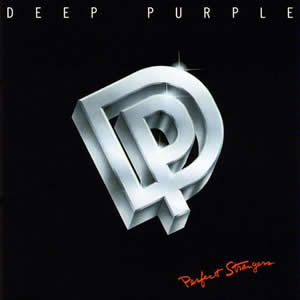
Buy Perfect Strangers Through the past half century of classic rock and roll, there have been scores (if not hundreds) of major group reunions, with very mixed results. However, there have been very […]

Buy Machine Head Deep Purple is often overlooked as one of the truly great classic rock acts. This may be because they reigned during the prime of so many other great British rock […]
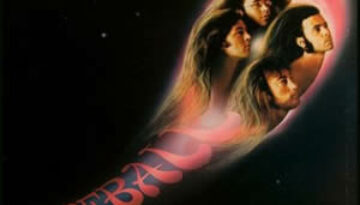
Buy Fireball I started this review planning to explain how this album set up Deep Purple for its, presumptively superior masterpiece, 1972’s Machine Head. But the more I’ve listened to Fireball in preparation […]